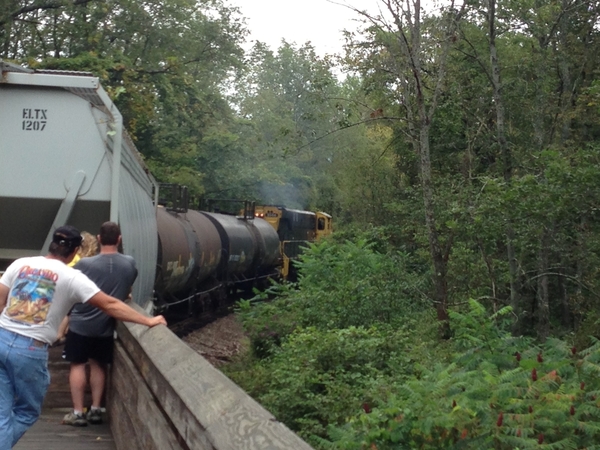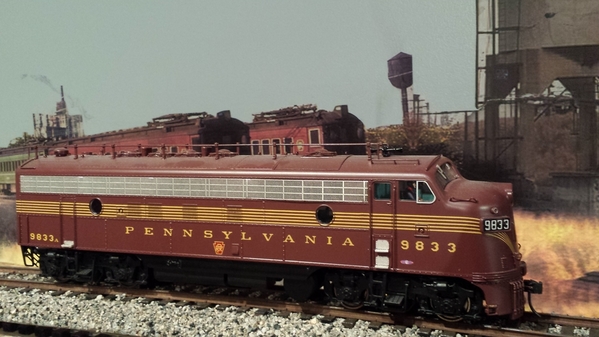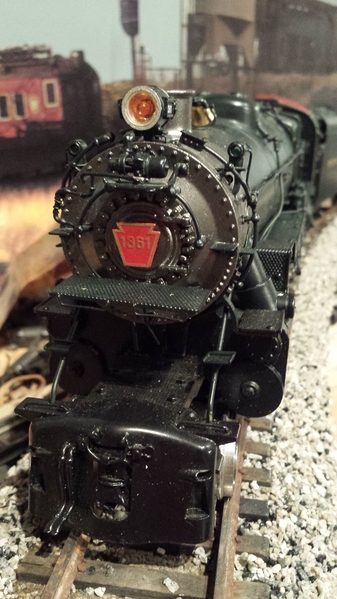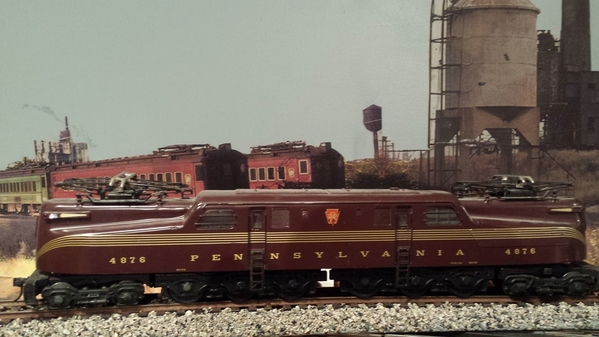Do you have a favorite railroad, past or present?
Ever think of making a model of it, or maybe incorporating features of your favorite real railroad into your layout?
Many years ago, I took my family to see the HO layout at RPI in Troy, NY. I was amazed at how meticulous the scenery and structures were made, and so accurately done in scale to the real thing in the Albany/Troy area of upstate NY.
Recently, I had the good fortune to be at the OGR Anniversary Party held at the NJ Hi-Railers Train Club in Paterson, NJ. Again, I was amazed to see the World Trade Center Twin Towers, the Statue of Liberty, a Ballantine Beer facility with numerous Ballantine Beer trucks, and the NYC Subway System, among countless other beautiful models in O Scale.
Very few of us have the space and resources to replicate the extraordinary and massive modeling that RPI or the NJ Hi-Railers have done. However, we may be able to do something similar in a much smaller way.
My latest train ambition is to incorporate features of the Put (Putnam Division of the NY Central Railroad) into my basement layout. The Bronx, NY section of that layout, including my Popsicle Stick Yankee Stadium and Polo Grounds, can be seen on other threads in this Forum, including Scrounger's Baseball Field.
This morning, I placed my Rico Station on my layout. The Rico Station could be a model of the Pocantico Hills Station at the Rockefeller Estate along the Put. Here is a photo of it:
Dairy farms existed along the Put in Northern Westchester County, NY. The farmhouse, barn and cows on my layout, shown below, is reminiscent of such a dairy farm:
Have you modeled your favorite real railroad or railroads, past and/or present? Have you incorporated features of such real railroads into your layout? Do you aspire to do so?
Arnold




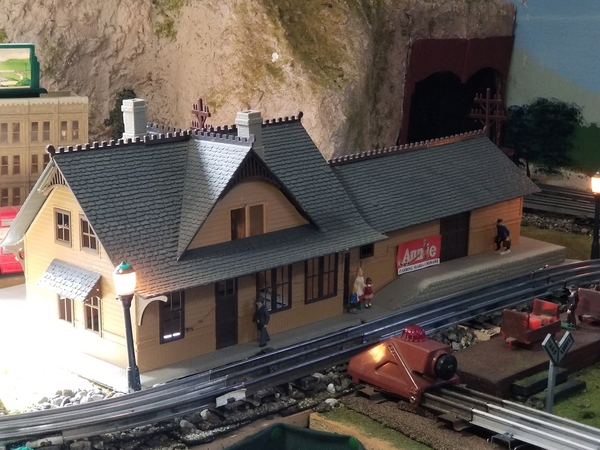
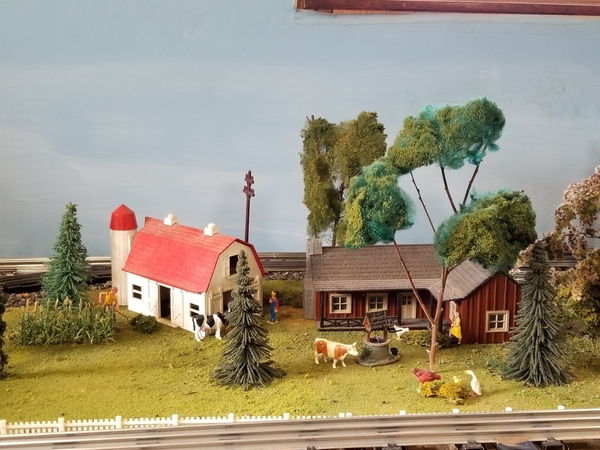


![20190915_090112[1] 20190915_090112[1]](https://ogrforum.ogaugerr.com/fileSendAction/fcType/0/fcOid/110251780892094116/filePointer/110533266925518675/fodoid/110533266925518669/imageType/MEDIUM/inlineImage/true/20190915_090112%255B1%255D.jpg)
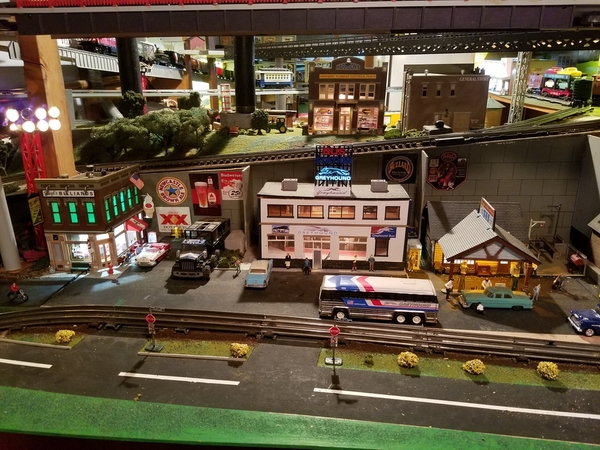
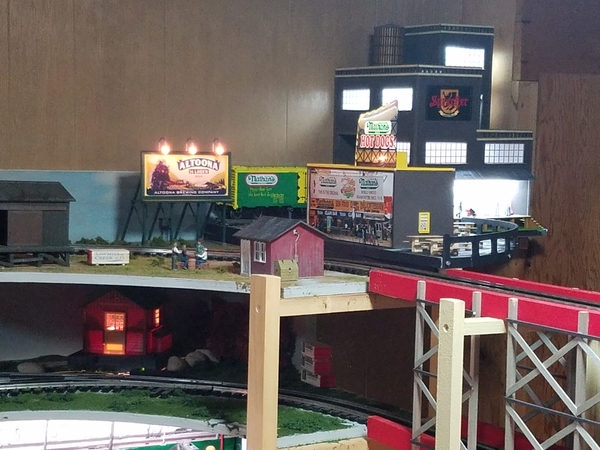


![20190915_090112[1] 20190915_090112[1]](https://ogrforum.ogaugerr.com/fileSendAction/fcType/0/fcOid/110251780892094116/filePointer/110533266925518675/fodoid/110533266925518669/imageType/SQUARE_THUMBNAIL/inlineImage/true/20190915_090112%5B1%5D.jpg)
